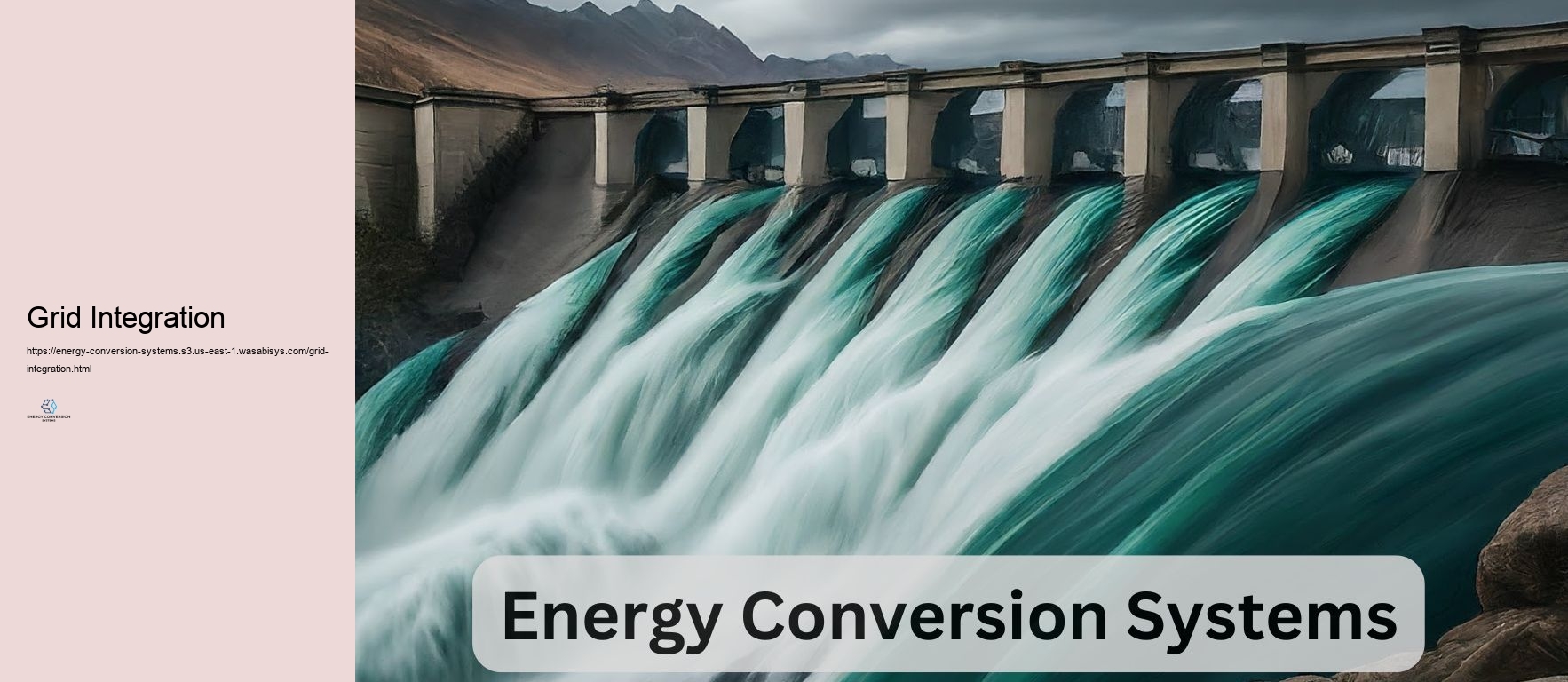

Energy conversion systems play a vital feature in modern-day culture, making it possible for the remodeling of different types of energy into much better and functional kinds. These systems are important to power generation, transportation, industrial procedures, and everyday technologies. Identifying the principles and applications of energy conversion systems is essential for engineers, policymakers, and any type of individual curious about the field of energy. At its core, energy conversion is controlled by the policies of thermodynamics. The preliminary policy of thermodynamics, which points out that energy can not be created or harmed yet simply transformed from one kind to an additional, is the framework of all energy conversion systems. The 2nd regulation introduces the principle of degeneration and efficiency, discussing why no energy conversion procedure can be 100% reliable. These basic principles underpin the design and treatment of all energy conversion systems. Amongst one of one of the most common and considerable energy conversion systems is the thermal power plant. These facilities transform the chemical energy maintained in nonrenewable gas sources (such as coal, oil, or natural gas) or nuclear gas right into electric energy. The procedure typically entails melting the fuel to warm water, producing steam that drives a generator linked to a generator. This system, based on the Rankine cycle, is a prime example of converting thermal energy to mechanical energy and after that to electric energy. Modern thermal power plants utilize countless methods to improve performance, such as supercritical hefty steam conditions and consolidated cycle systems. Renewable energy systems stand for an additional crucial group of energy conversion. Solar solar or pv (PV) panels transform light energy straight right into electric energy via the photoelectric result. Wind generators modification the kinetic energy of moving air right into power and after that right into electrical energy. Hydroelectric nuclear power plant harness the feasible energy of water saved at elevation, changing it to power with wind turbines and later on to electric energy. Each of these systems has its special concepts and difficulties, nevertheless all satisfy of converting normally occurring energy right into even more beneficial kinds. Interior burning engines, thoroughly used in transportation and some power generation applications, convert the chemical energy in gas into mechanical energy with regulated surges.
Energy conversion modern-day innovations go to the leading side of transforming simply exactly how we harness and utilize energy, playing an important feature in the change in the direction of sustainable and efficient energy systems. From photovoltaics to gas cells, these modern innovations encompass a different choice of systems that change all-natural energy resources right into usable kinds, such as power, heat, and gas. Each innovation operates distinct principles and is matched to certain applications, offering unique benefits and obstacles. Comprehending these technologies is important for advancing energy services that handle worldwide energy needs while reducing ecological effect. Photovoltaics (PV) stand for among the most frequently acknowledged kinds of solar power conversion. These systems usage semiconductor items, typically silicon, to convert sunlight directly right into power through the solar impact. When sunlight strikes the surface area of a PV cell, it thrills electrons, producing an electrical present. Photovoltaic contemporary technology has developed substantially throughout the years, with improvements in materials and design produce increased performance and minimized prices. Arising developments, such as thin-film solar panels and natural photovoltaics, are pushing the limits of effectiveness and flexibility, making solar energy a lot more quickly available and versatile to different applications, from residential roofings to large-scale solar cattle ranches. Focused solar energy (CSP) is an additional solar energy conversion contemporary technology that differs from photovoltaics by making use of mirrors or lenses to focus sunlight onto a little location, frequently a receiver. The focused light is traded warm, which is afterwards made use of to produce hefty steam that drives a wind generator connected to an electrical generator. CSP systems are particularly efficient in areas with high directly sunshine and can include thermal energy storage space solutions to provide power additionally when the sunlight is not shining. This capability to shop energy as heat permits CSP plants to use a more safe and trusted power result contrasted to traditional solar PV systems. Fuel cells are a versatile energy conversion contemporary innovation that creates power through an electrochemical reaction, generally consisting of hydrogen and oxygen. Unlike combustion-based power generation, gas cells create electrical power without dropping gas, triggering lowered discharges and greater efficiency. There are a number of kind of gas cells, each identified by the electrolyte utilized and the operating temperature degree variety. Polymer electrolyte membrane layer (PEM) fuel cells, as an instance, are understood for their high power density and are normally utilized in transportation applications, such as fuel cell lorries. Solid oxide fuel cells (SOFCs), on the other hand, run at greater temperature level levels and appropriate for fixed power generation and business applications. Hydroelectric power is a credible energy conversion innovation that uses the kinetic energy of relocating water to produce electric energy. By directing water through wind generators, hydroelectric plants transform the energy of moving water right into power, which is after that changed into electrical energy by generators. This development is very reputable and can give a normal and reliable power supply, making it a foundation of renewable energy profiles in lots of nations. Nonetheless, the ecological effect of big hydroelectric jobs, such as environment disruption and modifications to water communities, demands careful prep work and administration. Wind energy conversion modern-day technologies record the kinetic energy of wind making use of wind generators, which change it right into power and subsequently into electrical power. Wind generators are usually set up in areas with solid and consistent wind patterns, such as seaside locations and open degrees. Advancement in generator format, such as larger blades diameters and taller towers, have significantly enhanced the performance and capacity of wind power generation. Offshore wind ranches are in addition getting traction, making use of the possibility for significant energy generation with marginal land usage influence. Geothermal energy conversion benefit from the World internal cozy to develop electric power and supply directly home heating applications. Geothermal power plants make use of vapor or hot water from underground tanks to drive wind turbines and create electrical power. This advancement is extremely dependable and can offer a regular power supply, as geothermal resources are not subject to the irregularity seen in solar and wind energy. In addition, geothermal systems can be utilized for straight home heating applications, such as area heating and greenhouse farming, more boosting their versatility.
Energy conversion systems are vital to modern society, playing an important responsibility in transforming raw energy resources right into useful power that gas homes, industries, and transport. These systems incorporate a vast array of innovations and procedures developed to transform energy from one kind to an added, such as transforming chemical energy in gas to power in engines or electrical energy in nuclear reactor. A thorough assessment of the essential components in energy conversion systems reveals the intricacy and elegance associated with successfully utilizing and making use of energy resources. Understanding these parts is essential for boosting performance, improving efficiency, and decreasing environmental influence. The starting point of any energy conversion system is the energy source, which can be renewable or non-renewable. Renewable resource sources include solar, wind, hydroelectric, geothermal, and biomass, while non-renewable sources consist of nonrenewable gas sources like coal, oil, and gas, in addition to atomic energy. The option of energy resource substantially affects the design and operation of the conversion system, as each resource has distinct characteristics, such as schedule, energy density, and ecological impact. As an example, solar energy systems rely upon solar cells or solar thermal debt collector to catch sunshine, while fossil fuel-based systems use melting processes to release energy stored in chemical bonds. At the heart of any energy conversion system is the energy conversion gizmo, which adjustments the main energy source right into a various kind of energy. Usual conversion devices include generators, engines, generators, and gas cells. Wind turbines, utilized in both nonrenewable gas source and renewable resource systems, change kinetic energy from heavy vapor, water, or wind right into mechanical energy, which is after that changed right into electrical energy by generators. Inner combustion engines, prevalent in transportation, transform chemical energy from gas right into power via handled surges. Gas cells, on the numerous other hand, straight convert chemical energy from hydrogen or other gas right into electrical energy through electrochemical feedbacks, supplying high efficiency and lowered emissions. Warm exchangers are essential elements in numerous energy conversion systems, especially those including thermal procedures.
Discover the latest advancements in energy conversion systems, from solar and wind to fuel cells and biomass! Learn how these innovations are driving sustainable energy solutions for a cleaner, more efficient future.https://t.co/9SfMjPHIu9
— Turbine Training And Operation (@turbinetraine) August 25, 2024
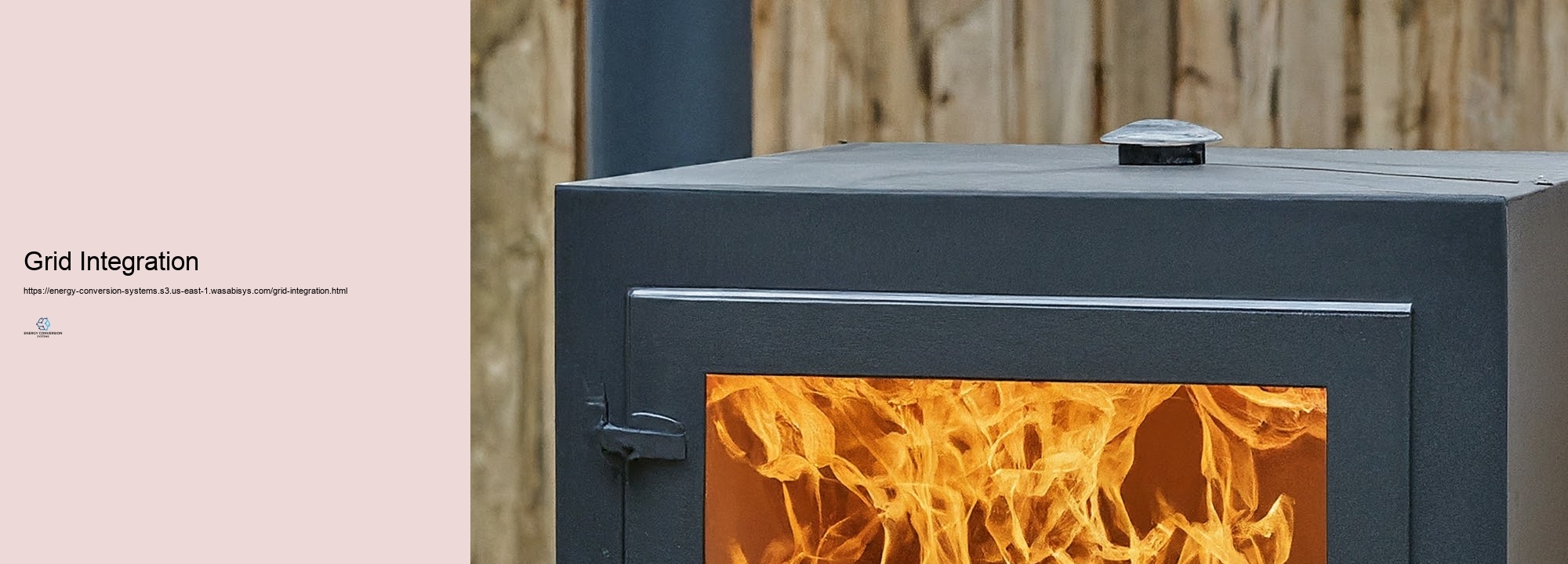
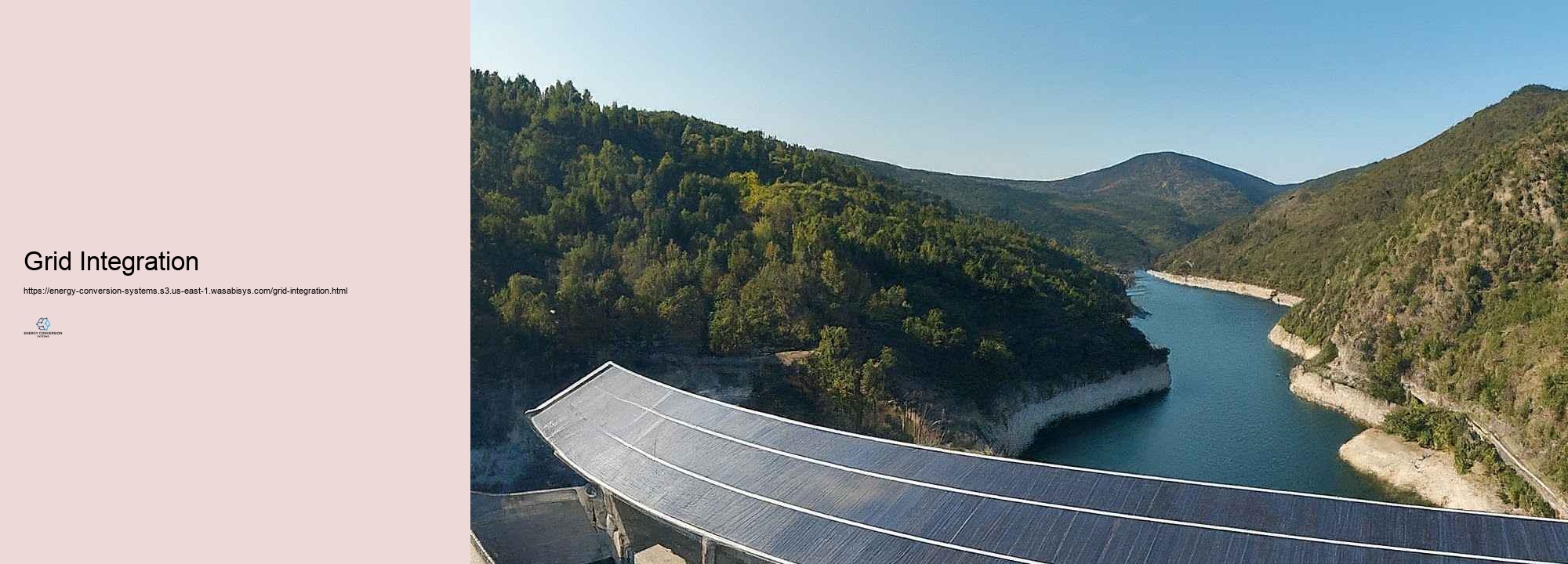
Improving efficiency in energy conversion is a vital objective in the search of lasting and cost-effective energy producing. As international energy demand remains to increase, enhancing the performance of energy conversion procedures has happened progressively vital for decreasing resource usage, minimizing environmental influences, and making sure energy safety and security and safety. This venture includes a range of techniques and advancements throughout numerous energy sectors, from typical fossil fuel-based systems to renewable resource modern-day innovations. Amongst the main locations of focus for increasing energy conversion performance remains in thermal nuclear power plant, which remain to be a significant source of electric power worldwide. Advanced burning innovations, such as supercritical and ultra-supercritical heavy steam cycles, have been created to raise the performance of coal-fired power plants. These systems run at higher temperatures and stress than standard plants, allowing far better thermal performance and reduced gas intake.
The combination of renewable energy resources right into conversion systems is a transformative technique improving the international energy landscape.
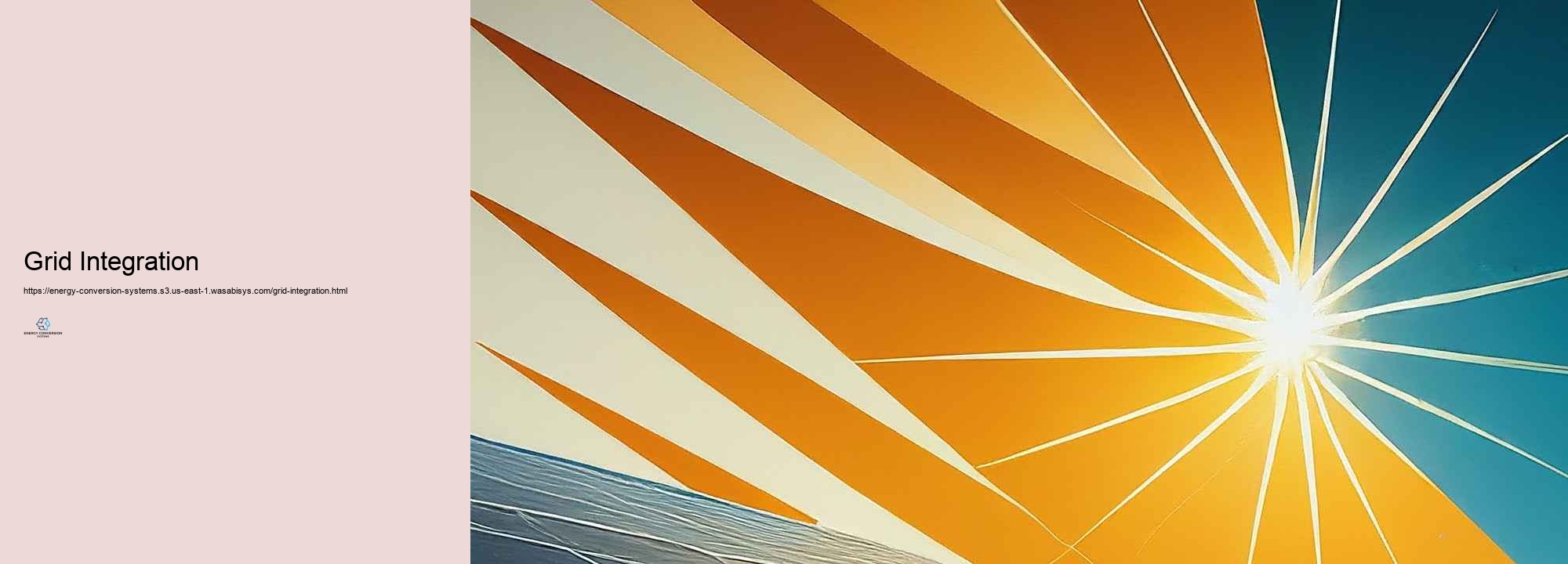
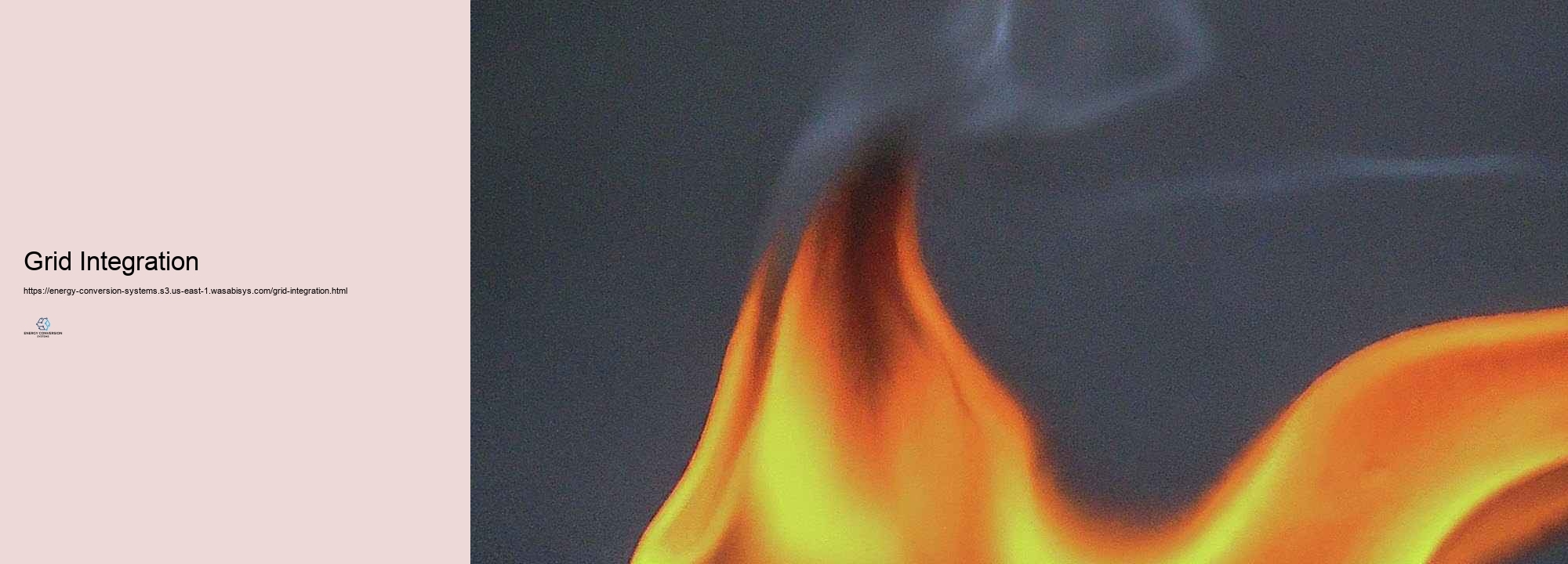
Energy conversion system style is a detailed location that faces numerous problems in the pursuit for a lot more effective, sustainable, and economical remedies. As worldwide energy demands remain to increase and eco-friendly problems magnify, designers and scientists are left with developing innovative approaches to get rid of these difficulties. This introduction finds the vital problems in energy conversion system style and the emerging solutions that are forming the future of energy modern-day innovation. Amongst the essential obstacles in energy conversion system design is enhancing performance. All energy conversion procedures involve some degree of energy loss, as determined by the regulations of thermodynamics. Brayton Cycle Turbines For thermal systems, such as power plants, this inadequacy is usually manifested as waste heat. Dealing with this difficulty calls for a complex strategy. Advanced materials that can endure higher temperature degrees and stress are being developed, making it possible for much more reliable thermodynamic cycles. For instance, supercritical and ultra-supercritical vapor cycles in coal-fired power plants can accomplish higher efficiency by running at extremely high temperatures and tension. In internal combustion engines, innovations in shedding chamber design, gas shot systems, and exhaust gas recirculation are pushing the boundaries of performance. Another substantial challenge is the intermittency and variability of renewable energy sources. Solar and wind power, while clean and increasingly cost-competitive, are not continuously readily offered. This irregularity presents difficulties for grid safety and security and reliability. Solutions to this obstacle include the growth of ingenious energy storage space systems, such as grid-scale batteries, pumped hydro storage room, and arising modern innovations like circulation batteries. Furthermore, the design of crossbreed systems that combine various energy sources (e.g., solar-thermal hybrid plants) can help minimize the intermittency worry. Smart grid contemporary technologies and demand response systems are furthermore being developed to far better take care of the equilibrium in between variable supply and need. Ecological effect is a crucial factor to consider in energy conversion system design. Decreasing exhausts, specifically from fossil fuel-based systems, is a major obstacle. Solutions consist of the development of carbon capture and storage space (CCS) modern-day technologies, which goal to document co2 exhausts prior to they enter into the environment. Advanced combustion modern technologies, such as oxy-fuel burning and chemical looping combustion, are being explored to aid with extra effective carbon capture. For renewable energy systems, obstacles include reducing the environmental effect of making treatments and taking care of issues like wildlife protection in wind ranch design. Scalability and cost-effectiveness existing continual troubles in energy conversion system style. Several motivating innovations that feature well in research laboratory setups handle difficulties when scaled as high as service degrees. As an example, gas cells have in fact revealed remarkable prospective for efficient energy conversion, yet troubles in scaling up producing and decreasing expenses have limited their substantial promoting. Solutions require research study into new items and creating processes to decline expenditures and boost durability. Furthermore, modular style approaches are being uncovered to help in easier scaling and customization of energy systems. The integration of different energy conversion systems positions one more significant obstacle. As the energy landscape ends up being more different, with a mix of standard and environment-friendly resources, making systems that can work together effectively comes to be vital. Solutions consist of the advancement of ingenious control systems and power electronic devices that can handle the ins and outs of incorporating various energy sources. On the internet nuclear reactor concepts, which build-up and coordinate spread energy sources, are emerging as a remedy to this assimilation obstacle. Material restrictions existing reoccuring challenges in energy conversion system layout. Numerous sophisticated energy technologies require unusual or expensive items, which can limit their scalability and economic expediency. As an example, some high-efficiency solar batteries rely upon unusual planet aspects. Solutions to this obstacle include research study right into various products, such as earth-abundant parts for solar cells, and the advancement of recycling advancements to redeem and reuse important materials from deactivated systems. Thermal keeping track of is an essential difficulty in great deals of energy conversion systems. Reliable cooling down is necessary for maintaining performance and durability, specifically in high-temperature applications like gas generators or focused solar energy systems. Solutions include innovative air conditioning technologies, such as closed-loop vapor cooling for gas generator blades, and the growth of new products with better heat-resistant homes. In electronic systems, advancements in warmth sink style and making use of phase-change materials for thermal administration are being discovered. Energy storage space keeps a substantial difficulty, specifically for applications requiring high energy thickness or fast charge/discharge cycles. While lithium-ion batteries have in fact seen significant remodellings, they still encounter restrictions in energy density and cycle life. Solutions being discovered include the development of solid-state batteries, which ensure higher energy density and improved safety and security and safety, and research study right into distinct chemistries like lithium-sulfur or lithium-air batteries. For grid-scale storage, flow batteries and advanced mechanical storage area systems (like pushed air energy storage space) are being established. The difficulty of system reliability and upkeep is critical, particularly as energy systems wind up being a lot more complex and dispersed. Guaranteeing long-lasting stability while reducing maintenance demands is critical for the economic feasibility of energy conversion systems. Solutions contain the improvement of innovative keeping track of and diagnostic systems, regularly leveraging skilled system and artificial intelligence algorithms to projection and stop failings. The idea of self-healing systems, which can immediately determine and handle small concerns, is similarly being uncovered. Flexibility in energy conversion systems is becoming significantly necessary as energy grids develop. Systems demand to be able to respond quickly to modifications sought after and supply, specifically with the increasing penetration of variable renewable resource sources. Solutions contain the development of much more flexible thermal nuclear power plant that can increase and down swiftly, making use of energy storage systems to supply grid solutions, and the execution of demand response innovations that can change energy usage based upon grid problems. The field of energy conversion system format faces different challenges in the mission of a lot more reputable, sustainable, and relied on energy solutions. Nonetheless, these barriers are driving innovation across a variety of innovations and methods. From sophisticated materials and one-of-a-kind system designs to the assimilation of electronic developments and brilliant control systems, the remedies being produced are not just dealing with existing difficulties however additionally blazing a trail for the next generation of energy conversion systems. As {research and development proceed, these choices assure to improve the international energy landscape, transferring us towards a much more sustainable and efficient energy future.
The effect of energy conversion systems on ecological sustainability is profound and intricate, impacting whatever from greenhouse gas exhausts and resource deficiency to setting health and wellness and biodiversity. As the worldwide need for energy remains to climb, driven by populace development and financial growth, the demand for lasting energy services happens significantly immediate. Energy conversion systems, which modification raw energy resources into useful kinds such as electric power, warmth, and gas, play an important task in this change. By having a look at the ecological effects of many energy conversion contemporary innovations, we can much better acknowledge their contributions to sustainability and recognize paths for improvement. Conventional energy conversion systems, especially those depending on fossil fuels such as coal, oil, and gas, have traditionally been major factors to eco-friendly wear and tear. The burning of these gas releases substantial amounts of co2 (CARBON DIOXIDE) and various other greenhouse gases right into the environment, driving environment modification and its linked influences, such as increasing international temperatures, sea-level surge, and extreme weather condition celebrations. In addition, fossil fuel removal and dealing with can reason environment damage, dirt and water contamination, and air contamination, more exacerbating ecological difficulties. On the other hand, renewable resource conversion systems, such as solar, wind, hydroelectric, and geothermal, provide more lasting choices by taking advantage of natural energy flows that are plentiful and replenishable. These systems usually create little bit to no directly discharges during procedure, substantially minimizing their carbon impact contrasted to fossil fuel-based innovations. As an example, solar photovoltaics and wind generators generate power without losing gas, remaining clear of the launch of CARBON DIOXIDE and various other toxins. Hydroelectric power, while mainly emission-free during procedure, need to be diligently taken care of to alleviate prospective eco-friendly impacts, such as adjustments in water circulation and fish activity patterns. The change to renewable energy conversion systems is vital for accomplishing environmental sustainability, as it lines up with efforts to reduced greenhouse gas discharges and limitation international heating. By replacing fossil fuel-based systems with renewables, we can decrease the focus of co2 in the atmosphere, minimizing the progression of atmosphere adjustment and its damaging outcomes on atmospheres and human societies. Additionally, renewable resource systems usually demand less land and water than traditional energy sources, decreasing their overall ecological effect and securing natural atmospheres. However, the launch of renewable resource conversion systems is not without its problems.
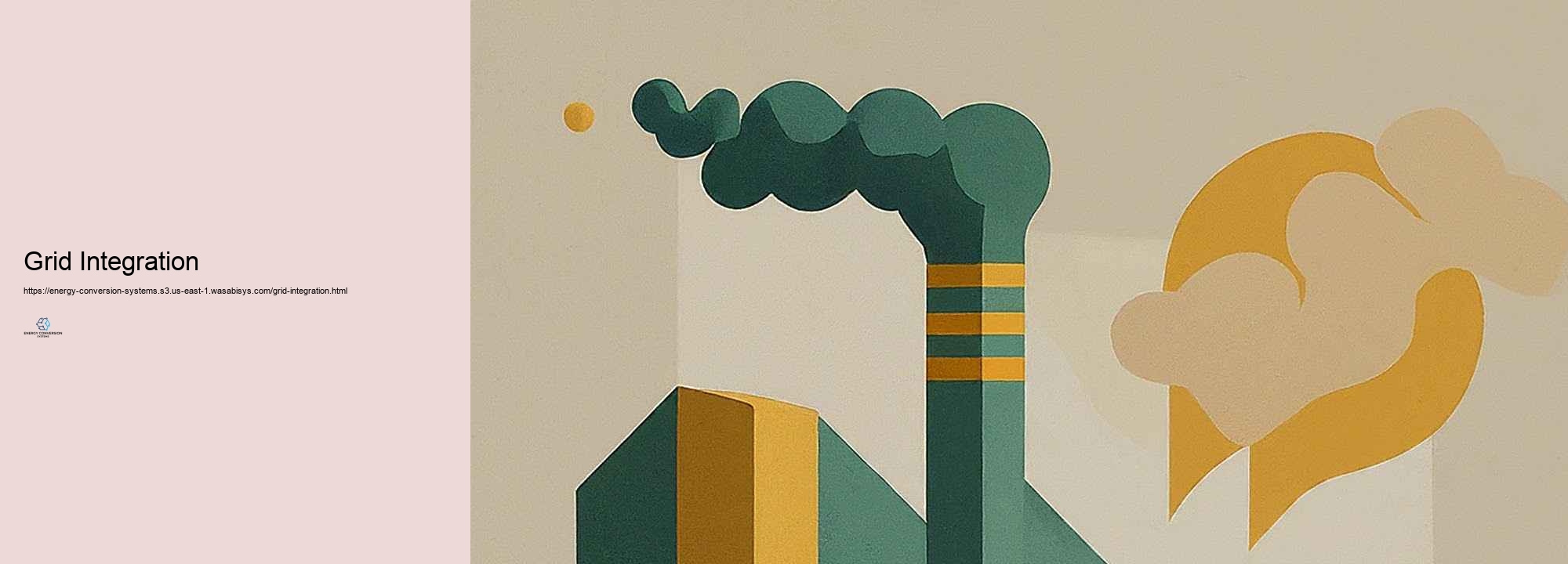
Energy conversion systems are technologies or processes that transform one form of energy into another, such as converting solar energy into electricity or mechanical energy into electrical energy.
Common types of energy conversion systems include solar photovoltaic panels, wind turbines, fuel cells, hydroelectric power systems, and geothermal energy converters.
Energy conversion systems improve efficiency by optimizing the process of converting energy from one form to another, reducing waste, and enhancing the overall output of usable energy.
Energy conversion systems are crucial in renewable energy as they enable the transformation of natural energy sources like sunlight, wind, and water into electricity, supporting sustainable power generation.
Challenges include optimizing efficiency, minimizing energy loss, integrating with existing grids, managing costs, and ensuring reliability and sustainability of the energy sources used.